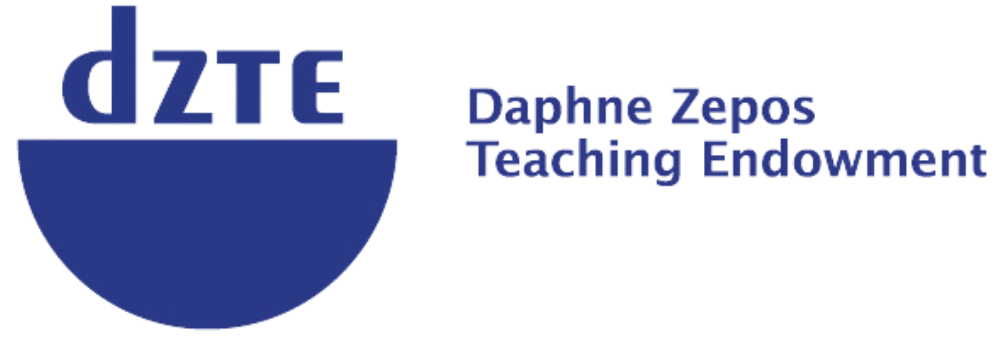Alexandra Jones | 2023
DZRA
Alexandra’s Vision
June 2026
Three years ago, I was feeling out of place in the world of artisan cheese. I fell in love with that world as a young food professional because it aligned with my values: respect for traditional foodways, connection with land and animals and people, the enjoyment of food for the pleasure it brings and the stories behind it as much as the nourishment we receive.
But as the impacts of climate change shifted from intangible possibilities to real-time catastrophes and industrial agriculture's role in the crisis became clearer, I felt that alignment shift. The topic of climate change seemed under-discussed by the mongers, makers, and dairy farmers I knew. Not just the idea that we had an urgent responsibility to reduce the environmental impact of making and selling cheese, but how—and whether—we could continue. The question was no longer What can we do to stop it? Now, there was another: What will we do to survive it?
To find out, I channeled my climate anxiety into my work. I wanted to show that while our current era of climate change is unprecedented, climatic shifts have shaped how humans produce food, including cheese, for more than 10,000 years. Animal agriculture and long-storing, nutrient-dense foods like cheese had been a savior in times of climate change and environmental degradation before. If we hoped to steward the sacred practice of cheesemaking into an uncertain future, we’d have to reimagine our industry together. Not only to reduce our climate impact, but to prepare for how to feed our communities and sustain our livelihoods in the years ahead.
To better understand the relationship between cheese and climate change, I spoke with historians and scholars, pastoralists and soil scientists. I gathered stories from producers who had been directly affected by climate extremes and those who had already begun to reduce their environmental impact and prepare for cheesemaking in a hotter, more volatile world. Shepherd Gloria Putnam of Angeles Crest Creamery, whose goat herd demonstrates water-neutral, climate-adapted food production in the mountains above Los Angeles, told me about weathering wildfires and record-breaking snowfall. In Wisconsin, cheesemaker Willi Lehner showed me the solar- and wind-powered production facility he built to make Bleu Mont Dairy environmentally and financially sustainable. I also traveled to Puerto Rico to learn from farmers who took advantage of a mutation for short hair to breed “slick” Criollo-Holstein cattle that can better withstand high heat and humidity.
I found that climate change is indeed affecting cheese producers and dairy farmers—some acutely and some indirectly, often in different ways. But I also saw how producers could combine current technology and traditional practices to minimize climate impact while making their operations more resilient. By approaching what can be a sensitive and emotional topic with empathy, respect, and an emphasis on the values we share, I proved that it’s possible to communicate the urgency and importance of mitigating and preparing for climate change to a wide audience.
Throughout my research, I shared updates in my newsletter, Milkfed. My DZRA presentation at ACS 2024 helped move the climate conversation in the American artisan cheese community forward and spurred stakeholders to action. The New York Times article I wrote educated a wide readership about how American artisan cheese is leading the way on climate, cutting emissions while preserving foodways and livelihoods. I pitched a podcast season about cheese and climate to Whetstone Radio Collective and brought these stories to life for a young and engaged audience of food media authorities and culinary innovators. That work became the basis of my second book, a cultural and environmental examination of cheese and dairy in the 21st century.
Looking back, lifting up examples of farmers and makers taking climate action provided a blueprint for others in and outside of the cheese industry to follow. The response to my work showed me that we can change to create a better, stronger future. The support and recognition I received from the DZRA in 2023 set my career as a writer and cheese professional on a more meaningful and impactful path. I refocused my work on the intersection of culture, climate, and the foods that sustain us—not just with fat and protein, but through flavor and history and community. Thanks to this award, I helped point American artisan cheese towards a more resilient future in which the foods and foodways we cherish survive along with the humans who make them.
Download Alexandra’s Vision PDF
Follow Alexandra at #alexandrajonesdzra

